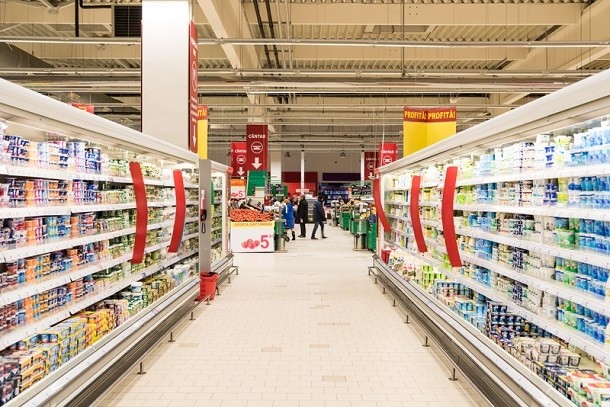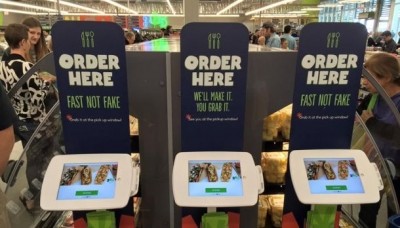RDBA provides dietitians tools to select, display products & track social media influence

“The whole premise of RDBA is to give dietitians business skills that will help them become more efficient,” and empower them to cut through marketing spin and select products that actually are healthy and, therefore, deserve more prominence in store, said Phil Lempert, the founder and CEO of RDBA.
He explained to FoodNavigator-USA that when RDBA launched six years ago, he frequently heard from dietitians at conferences where he spoke that while they were well educated on health and wellness they didn’t know anything about how retailers operate. Likewise, he said, many complained that manufacturers would pitch products as healthy, but the RDs knew they weren’t. However, they didn’t know how to professionally set the facts straight without potentially damaging important business partnerships.
Samplefest provides product selection, display tips
One way the organization is meeting these goals and helping RDs succeed at the retail level is through a new program launched earlier this year called Samplefest.
“This program really broke the mold by giving RDs important facts and some wacko ideas that people didn’t think about every day” about how to bundle products for better sales, Lempert said.
The theme of the first Samplefest was back-to-school and it provided ideas for meeting shoppers’ needs and growing business during the fall and mid-year break. For example, it outlined when most families start to think about what they will need to return to school and when is the best time to start back-to-school themed marketing.
It also pulled key marketing and consumer insight data to show which categories see a boost in August, September and October as parents stock up on back-to-school products. Specifically, it highlighted the sales increase typically seen in hot cereal, gum, frozen food, dry fruit snacks, cold cereal, canned juices and bottled water.
“Samplefest is packed with data from IRI and Nielsen that most RDs don’t have access to on their own,” Lempert said.
The first installment of Samplefest also reminded dietitians to consider school food rules when creating bundles and to provide allowable alternatives for staples that might not be permitted in schools due to allergies. And it suggested new products that are well-suited for back-to-school, such as House Foods’ Go Umami Baked Tofu Bars, Naked Pressed Juices, Quaker Oat products and others.
This is the type of insider-knowledge that can help registered dietitians earn points with their employers. It is also the type of communications in which brand manufacturers should strive to be included as it is a short list for potential new additions to categories.
Following this successful Samplefest launch, Lempert said RDBA plans to push out its next installment in the coming weeks focused around Super Bowl. He explained it will include a list of the top foods consumers buy for the big game, and some healthier alternatives that RDs might want to position more clearly in the lead-up to the match. It also will discuss ways to extend consumers’ interest in healthy options that peaks around the New Year all the way to game day, which is notoriously decadent.
Dashboard helps make case for increased salary, budget
Another new tool from RDBA that could be a game-changer for RDs as they move into their budget and review season is a Social Media Dashboard that allows them to manage all their social media in one place and easily illustrate their impact and influence on consumers across the platforms.
“RDs use social media extensively to reach out to their communities, whether it is tips for cooking or recipes or how to read labels – they are social media animals! And this dashboard will save them a few minutes each day” by quickly signing them in to each of their accounts, tracking how many followers they gained or lost in each platform and showing how their performance stacks up against the average of other RDs, Lempert said.
In addition to saving time, the dashboard can be used to quickly illustrate to employers a RD’s progress and impact, and help justify a raise or a higher budget, he said.
The importance of the dashboard is underscored when the ongoing and significant shift in marketing dollars from traditional to social media is concerned.
Citing data from the Food Marketing Institute’s 2016 Food Retail Speaks Report, retail executives are spending less on traditional advertising, circulars, TV and radio and more on social media, according to RDBA. In particular, brand manufacturers are looking for influencers who have more sway.
Efficient use of the dashboard also could help RDBA fulfill one of Lempert’s early goals for the trade group which is to see a RD become the CEO of a retailer.
“That would be game changing because the lens they see a shopper through and health and wellness through is different than operations. So, the more RDs we can get promoted to fill higher level c-suit positions in retailers helps,” he said.









